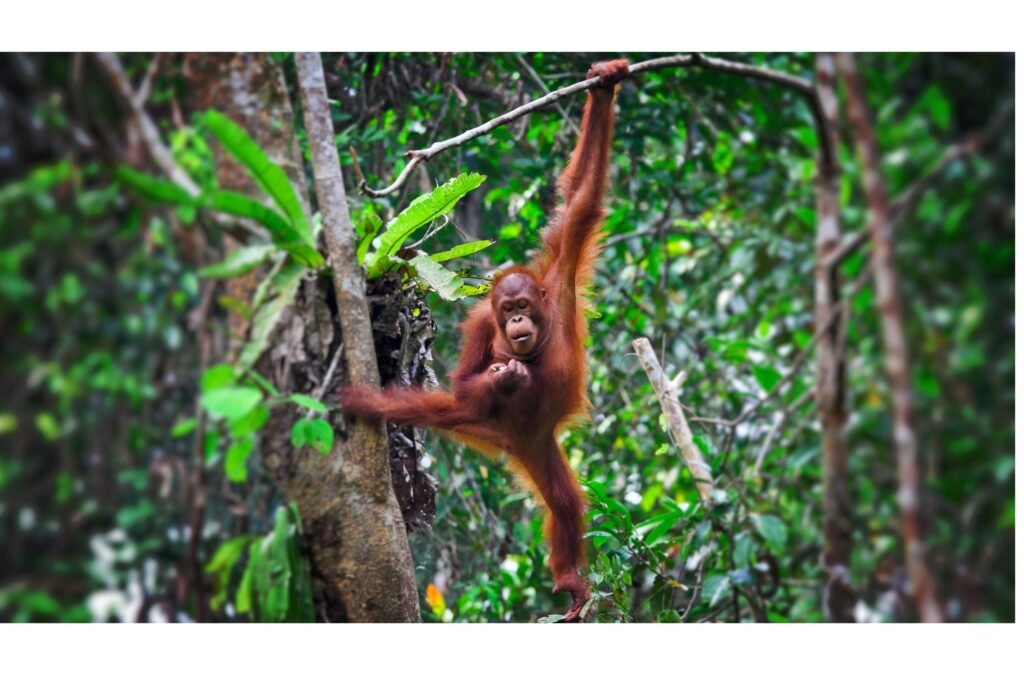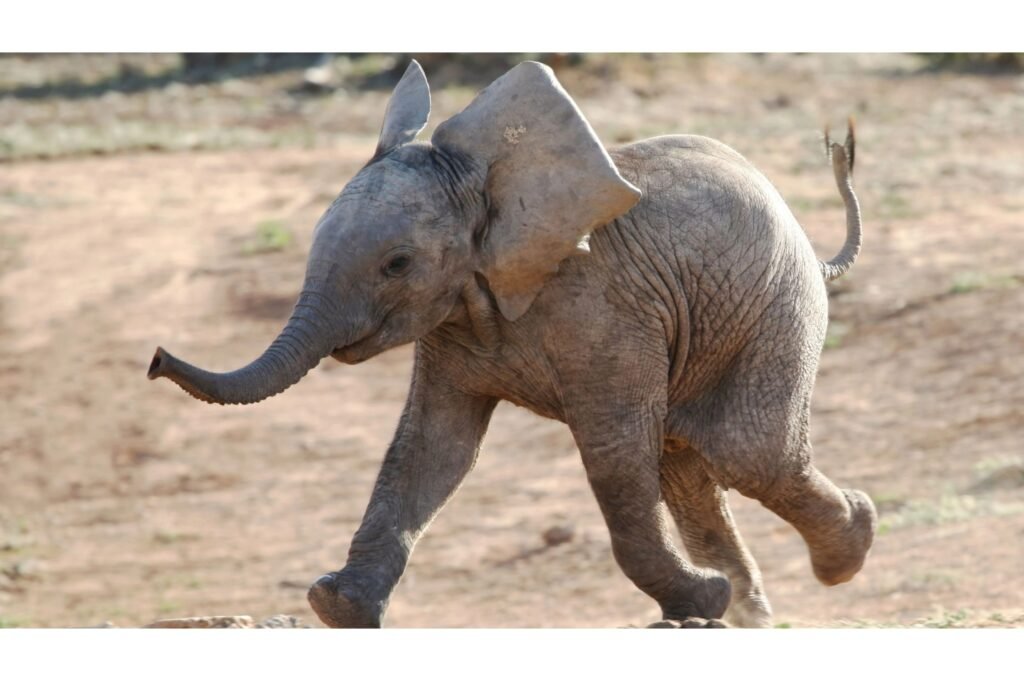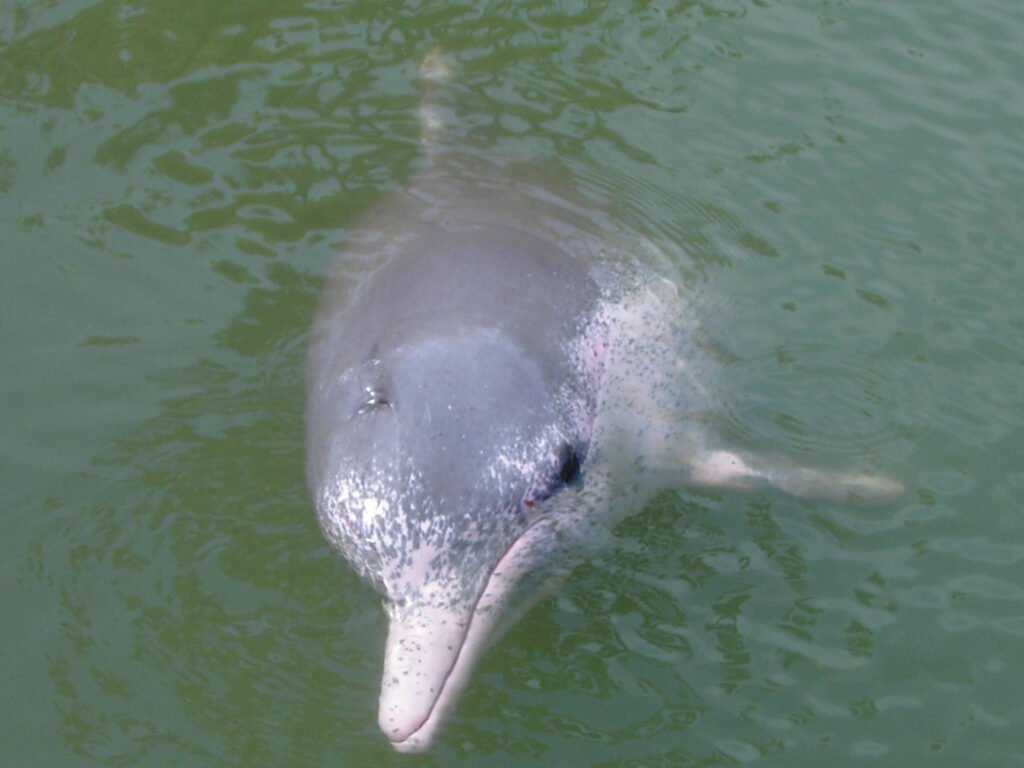Wildlife rehabilitation programs play a crucial role in rescuing, treating, and preparing injured or orphaned animals for release back into their natural habitats. Traditionally, these programs have focused on physical recovery; however, recent advancements in neuroscience are shifting the paradigms of wildlife care by emphasizing the importance of mental and behavioral rehabilitation. By understanding animal brain functions better, wildlife rehabilitators are now able to implement more effective strategies for ensuring the successful reintegration of animals into the wild. As research in this field continues we learn more about the world around us and our place in it.
Understanding Animal Cognition and Behavior

One of the primary contributions of neuroscience to wildlife rehabilitation is the deeper understanding of animal cognition and behavior. Through brain imaging technologies and studies on neural activity, neuroscientists can observe how different species perceive their environments, process information, and develop behavioral responses. This knowledge enables rehabilitators to tailor their approaches to meet the specific cognitive and emotional needs of the animals they care for, improving both short-term treatment outcomes and the long-term success rates of releases.
Stress Reduction and Recovery

Stress is a significant challenge in wildlife rehabilitation, as animals often experience high levels of anxiety and fear when in captivity. Neuroscience offers insights into how stress affects brain function and overall health in animals. By understanding the neural pathways involved in stress responses, rehabilitators can implement interventions that facilitate stress reduction, such as environmental enrichment and controlled exposure to stressors. These strategies help enhance the animals’ ability to recover and adapt, making them better prepared for life in the wild.
Enhancing Learning and Memory

Effective rehabilitation requires that animals relearn essential survival skills, such as foraging, hunting, and predator avoidance. Neuroscience has explored how learning and memory are encoded in animal brains, leading to the development of training programs that align with natural learning processes. For example, positive reinforcement techniques can be used to reinforce survival behaviors, helping animals retain critical skills and instincts upon release.
Sensory Enrichment and Rehabilitation

Many animals rely heavily on their sensory perceptions for survival. Neuroscientific studies have highlighted the importance of sensory experiences in brain development and functionality. Wildlife rehabilitators can use this knowledge to create sensory-rich environments that stimulate natural behaviors and encourage neural development. Visual, auditory, and olfactory stimuli tailored to specific species can greatly enhance an animal’s ability to adapt to their natural habitat after rehabilitation.
Social Behaviors and Group Dynamics

Social interactions are a vital component of many animal species’ survival strategies. Neuroscience has provided valuable insights into the social brain, revealing how social experiences shape neural circuits and influence behavior. Rehabilitation programs are increasingly incorporating socialization as part of treatment, ensuring animals have the opportunity to engage with conspecifics and develop the social skills necessary for group living, territory establishment, and mating upon release.
Future Prospects and Challenges

While neuroscience holds promise for improving wildlife rehabilitation, several challenges still need to be addressed. The diversity of species, each with unique neural architectures and behaviors, requires ongoing research and species-specific approaches. Moreover, ethical considerations must be balanced when applying neuroscientific interventions to ensure that animal welfare remains a top priority. Looking ahead, continued interdisciplinary collaboration between neuroscientists, conservationists, and wildlife rehabilitators will be essential for advancing the field. By integrating cutting-edge neurological research with hands-on rehabilitation techniques, these programs can evolve to support animal wellbeing more effectively, contributing to the broader goals of conservation and biodiversity preservation.

Jan loves Wildlife and Animals and is one of the founders of Animals Around The Globe. He holds an MSc in Finance & Economics and is a passionate PADI Open Water Diver. His favorite animals are Mountain Gorillas, Tigers, and Great White Sharks. He lived in South Africa, Germany, the USA, Ireland, Italy, China, and Australia. Before AATG, Jan worked for Google, Axel Springer, BMW and others.




